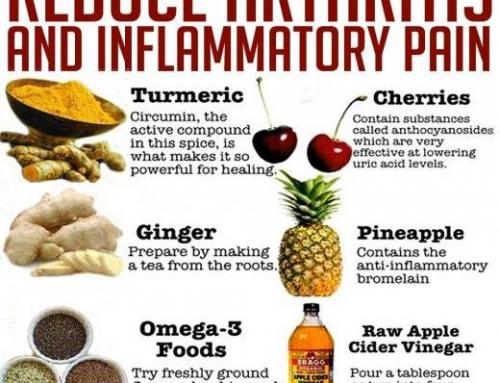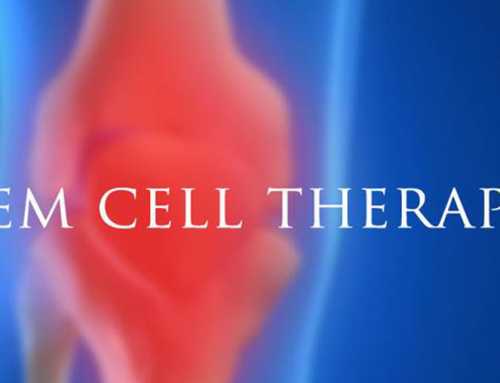What is soft tissue therapy?
Soft tissue therapy involves direct manipulation of soft tissue i.e. muscles, tendons, connective tissue and joints. This therapy reduces discomfort resulting from occupational stresses, chronic pain conditions, muscular overuse and before or after surgery.
Recent research shows soft tissue therapy as an effective part of chronic pain management. This research has encouraged many physicians like Dr. Raj to consider soft tissue therapy an imperative part of their concierge pain management programs. When coupled with other procedures, such as stem cell therapy, many patients have experienced rapid and full recovery from their pain conditions.
How does soft tissue therapy work?
The human body is made up of 70% soft tissue, thus making pain management and treatment of your soft tissue a vital of the healing process after any strenuous activity. Its rehabilitative techniques treat the underlying source of pain rather than masking pain with medication.
Soft tissue therapy includes a range of massage depths, pressures and duration. It involves direct physical action on the muscle and other soft tissues of your body. Soft tissue techniques target your muscles, tendons, ligaments, or other connective tissue such as fascia.
Who Needs Soft Tissue Therapy?
When used as a complementary treatment, this orthopedic massage therapy can be extremely beneficial to patients suffering from a wide variety of soft-tissue musculoskeletal problems, whether they are acute or chronic. It is most commonly recommended to patients suffering from injuries and conditions such as:
- Plantar fasciitis (pain from weakened fascia in the foot)
- Knee pain
- Tendinitis
- Carpal tunnel
- Whiplash injuries
- Tennis elbow and golfers elbow
- Frozen shoulder
- Back spasms and pain
What are the benefits of soft tissue therapy?
- Helps with muscle relaxation
- Boost blood circulation and lymph flow
- Promote healing time of any strained ligaments and muscular tissue
- Reduce inflammation of joints
- Improves joint flexibility, range of movement, & muscle imbalance
- Strengthens the immune system and increase endorphins
- Relieve muscle pain, tension, and spasms
- Helps deactivate pain trigger points
- Break down adhesions and scar tissue
- Speed up recovery from strenuous training & aid rehabilitation
- Improve posture awareness & correct dysfunctional movement patterns
- Get patient back to full function after an accident or an accident
To conclude:
Soft tissue therapy working in tandem with other treatments, such as Stem Cell Therapy, allows long-term rehabilitation, prevention & early detection of possible injuries. For more information on Stem Cell Therapy in Los Angeles Click here. You may be a candidate!






